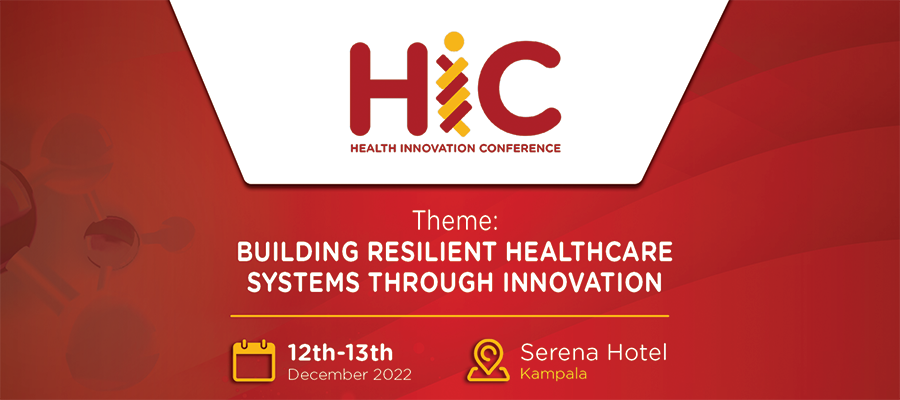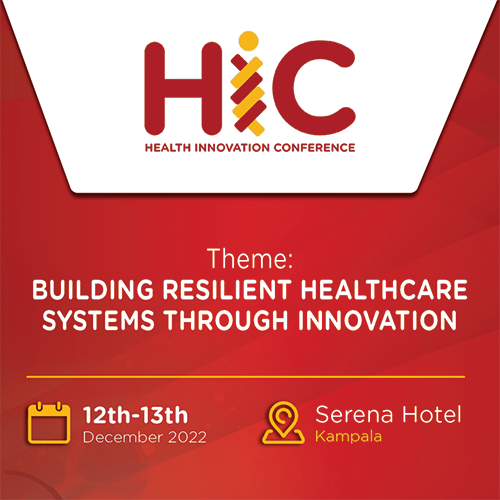


Equity and inclusion for the unmet and under-met needs
In 2015, a report by the WHO and World Bank noted that half the world’s population lacks access to quality healthcare services with wider gaps noticeable in Low and Medium-Income Countries (LMIC) (Organization 2015). To realize SDG 3 by 2030, there is a need to accelerate access to healthcare, especially to marginalized populations.
In the last decade, mobile phone technology, powered by the internet, has played a very significant role in offering platforms to deliver last-mile healthcare services. Despite these advances, in 2019 a report by Global System for Mobile Communications (GSMA) noted that 51% of the global population was still not connected especially among the rural poor and those with low education levels. The report further notes that if this is unchecked, 40% of the global population in the developing world will still not be connected by 2025 (Bahaia and Suardi 2019).
Globally, innovations in Healthcare have greatly improved healthcare service delivery (Ghaleb, Dominic et al. 2020). Despite this, disparities still exist between the Global North and South, and worse still amongst individual country populations, with the poor and vulnerable populations being marginalized (Richard, Furler et al. 2016). Less attention has been given to how innovations can create or perpetuate the already existing health inequalities. This can be seen with the biases in data used in algorithms for medical innovations and devices, service provision, and prioritization of funding healthcare schemes.
For health care innovations to have the fairest and broadest possible benefit to society, efforts could be made to attend to all stages of the innovation pathway to identify opportunities to mitigate biases through diversity, equality, and inclusion: from innovation, prioritization to design, testing, and, finally, access (Marjanovic July 6, 2022).
In this track, we shall be sharing and discussing:
- Innovations that are supporting marginalized populations and last mile health
- The role of community engagement in ensuring diversity and inclusion for innovations
- The critical role that collaboration amongst the stakeholders should play in addressing the threats that technologies pose in widening the already existing inequalities
- Innovations supporting diversity and inclusion in clinical and implementation research
- Frameworks for evaluating innovations for diversity and inclusion
